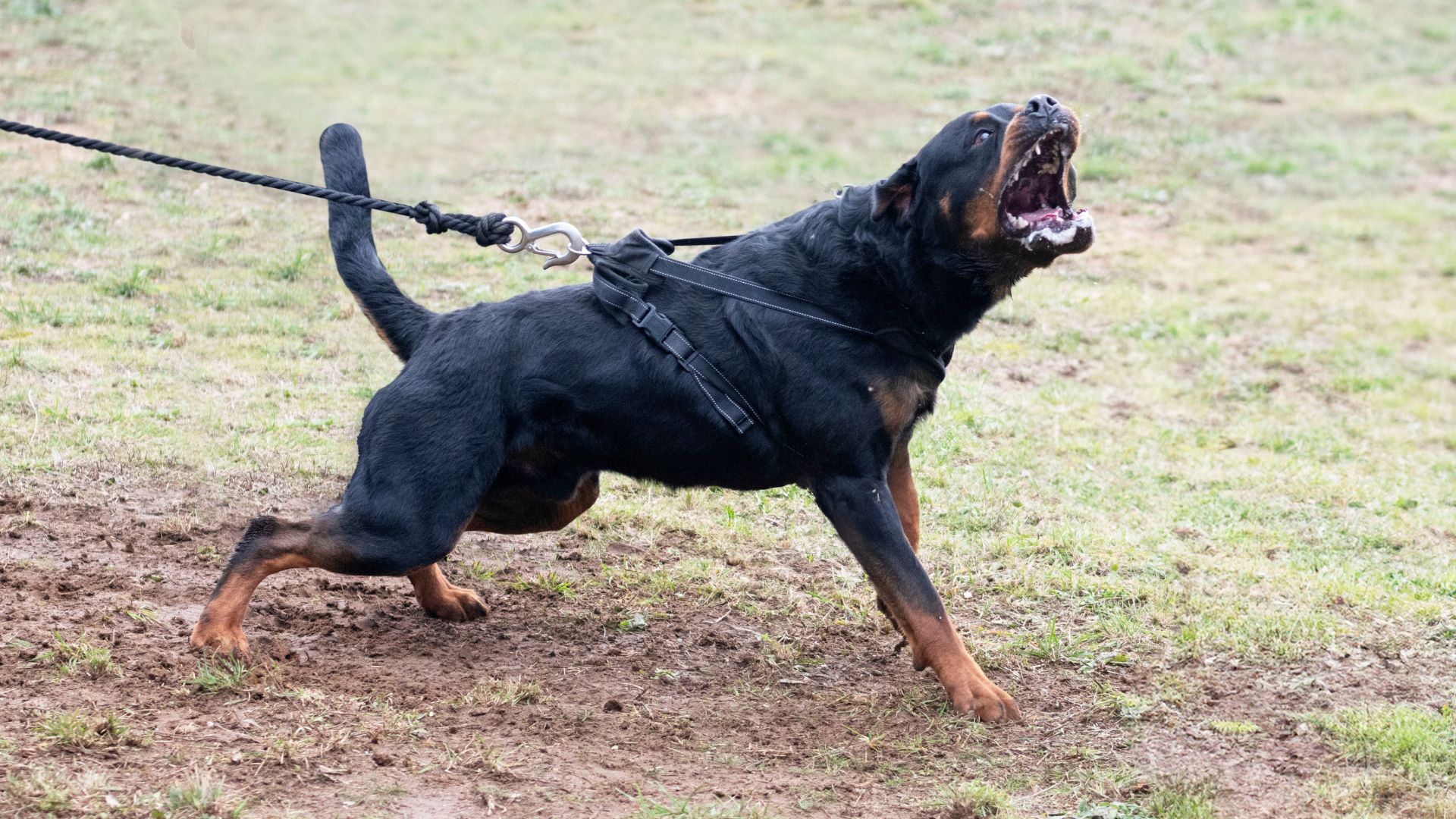When we think of “scary dogs,” our minds often jump to sharp teeth and intimidating size—but the truth is, some of the most troublesome breeds earn their reputation not from ferocity, but from mischief. Dogs, like people, have personalities, and some breeds are simply more prone to stubbornness, unruly behavior, or testing the limits of their humans’ patience.
This doesn’t mean they’re bad dogs—in fact, most are incredibly loving and intelligent—but it does mean that without proper training, they can turn into little (or very large) chaos machines. From escape artists that can outsmart your locks to strong-willed pups who insist on doing things their way, these breeds keep owners on their toes.
If you’ve ever wondered which dogs have the “scariest” reputations when it comes to misbehavior, you’re in for an eye-opening (and slightly entertaining) read.
Scariest Dog Breeds When It Comes To Misbehavior
1. Rottweiler
Rottweilers trace their ancestry to Roman mastiffs that once herded cattle and guarded supplies. This history produced a strong, tireless working dog that today blends power with a surprisingly affectionate nature.
Their bold look comes from a glossy black coat with rust markings and a muscular frame built for endurance. Despite their imposing presence, many Rotties behave like oversized lap dogs, eager for closeness with their families.
They are natural guardians who evaluate strangers with confidence. Without early training, however, their territorial instincts may spill into unwanted behaviors, making socialization vital.
In the home, Rottweilers are playful and devoted, often thriving with children they grow up alongside. Their independence means they respect clear leadership, and they form deep bonds with their owners.
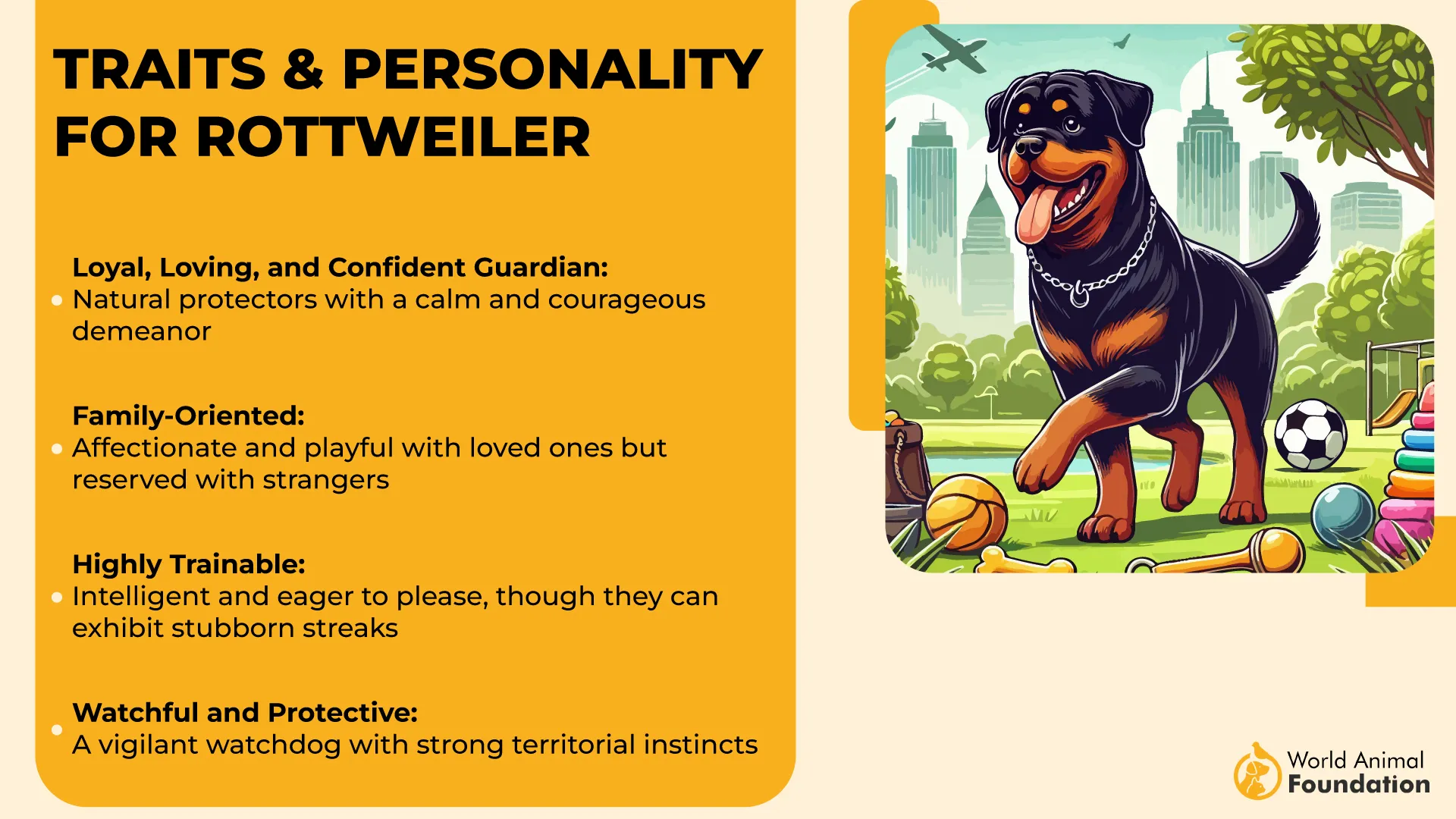
Often labeled among the “scariest breeds” when misbehavior is discussed, their size and strength can amplify even small lapses. With balanced training and engagement, though, they prove to be affectionate protectors as well as entertaining companions.
Quick Tips
Begin socialization and obedience training early to guide their instincts.
Provide daily physical and mental activity to keep them focused and happy.
2. Cane Corso
The Cane Corso is an Italian mastiff descended from Roman war dogs, bred for guarding property and hunting large game. Its commanding presence is matched by a strong, muscular frame and a calm but watchful nature.
With family, the Cane Corso is affectionate and devoted, forming tight bonds with those it trusts. Around strangers, however, it remains cautious and protective, a trait that has kept it a respected guardian for centuries.
These dogs are highly intelligent, quick to learn commands, and responsive to consistent leadership. Without clear guidance, their independence can lead to stubbornness or attempts to dominate the household.
PetMD states that Cane Corsos require ample physical and mental stimulation. Daily exercise, obedience work, and interactive play help them thrive, while neglect can result in destructive behavior.
Frequently listed among breeds considered intimidating, a Cane Corso that lacks early training may misuse its strength. In the right hands, though, it is both a majestic protector and a gentle family companion.
Quick Tips
Train with firm consistency and start socialization early.
Provide structured exercise and tasks to keep them engaged.
3. Doberman Pinscher
Developed in Germany around 1890 by Karl Friedrich Louis Dobermann, the Doberman Pinscher was designed for protection and companionship, as mentioned by Wikipedia. Sleek, powerful, and agile, it remains one of the most recognizable working dogs worldwide.
The breed’s short coat and elegant build highlight its athleticism, and its alert demeanor makes it an outstanding guardian. Known for loyalty, Dobermans bond deeply with their families and remain highly responsive to training.
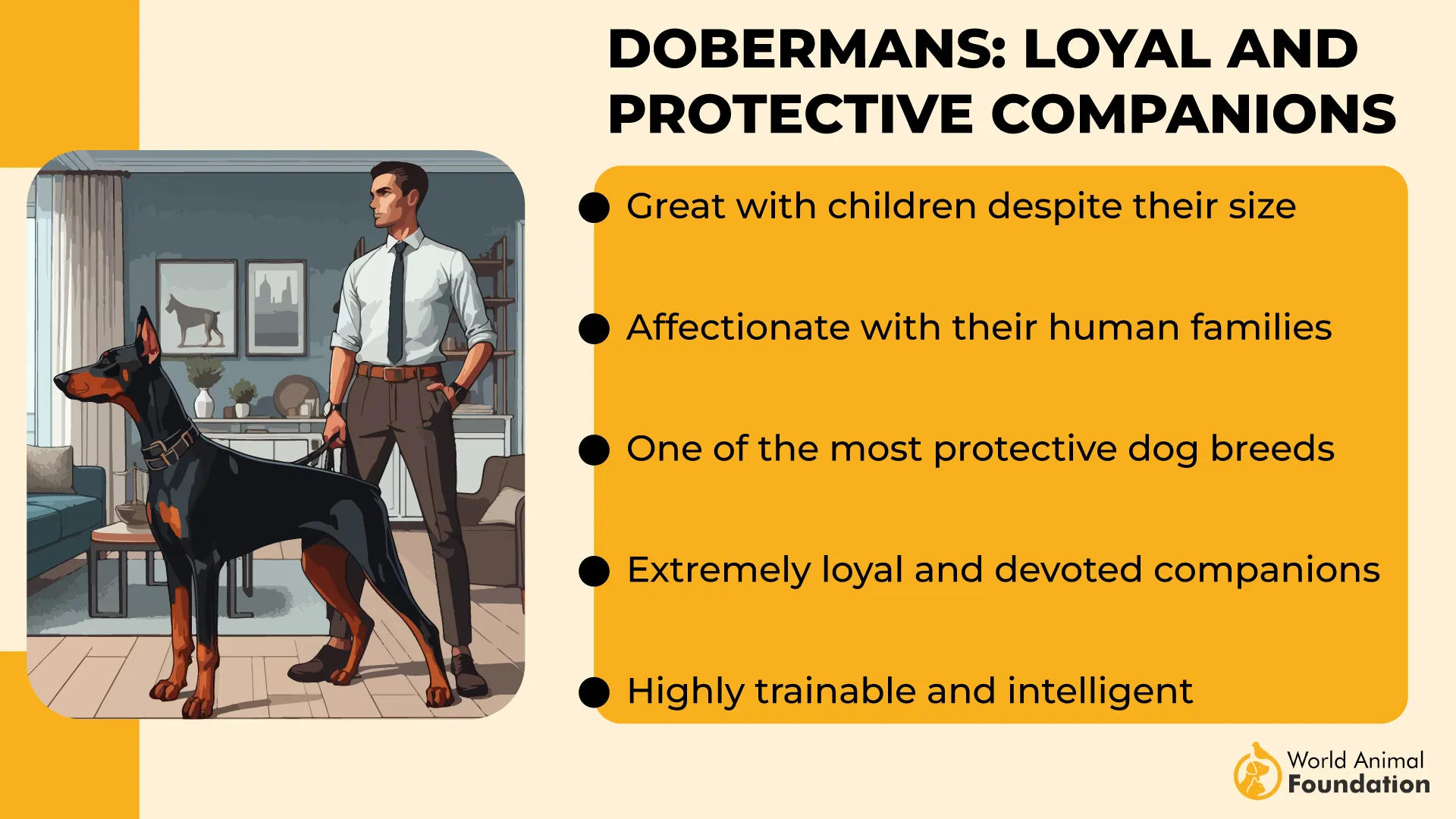
Energetic and playful, they excel in dog sports such as agility, tracking, and obedience trials. Without adequate exercise, however, their restlessness can turn into unwanted behaviors like chewing or excessive barking.
As per Britannica, Dobermans are intelligent and quick learners, capable of handling complex commands. Their sensitivity means they respond best to firm but positive training methods rather than harsh discipline.
Often included among the scariest breeds, their fearless temperament can appear intimidating. Yet, with proper guidance, Dobermans reveal a balance of loyalty, protectiveness, and affectionate companionship.
Quick Tips
Commit to daily exercise and mental challenges.
Use positive reinforcement for consistent training results.
4. Belgian Malinois
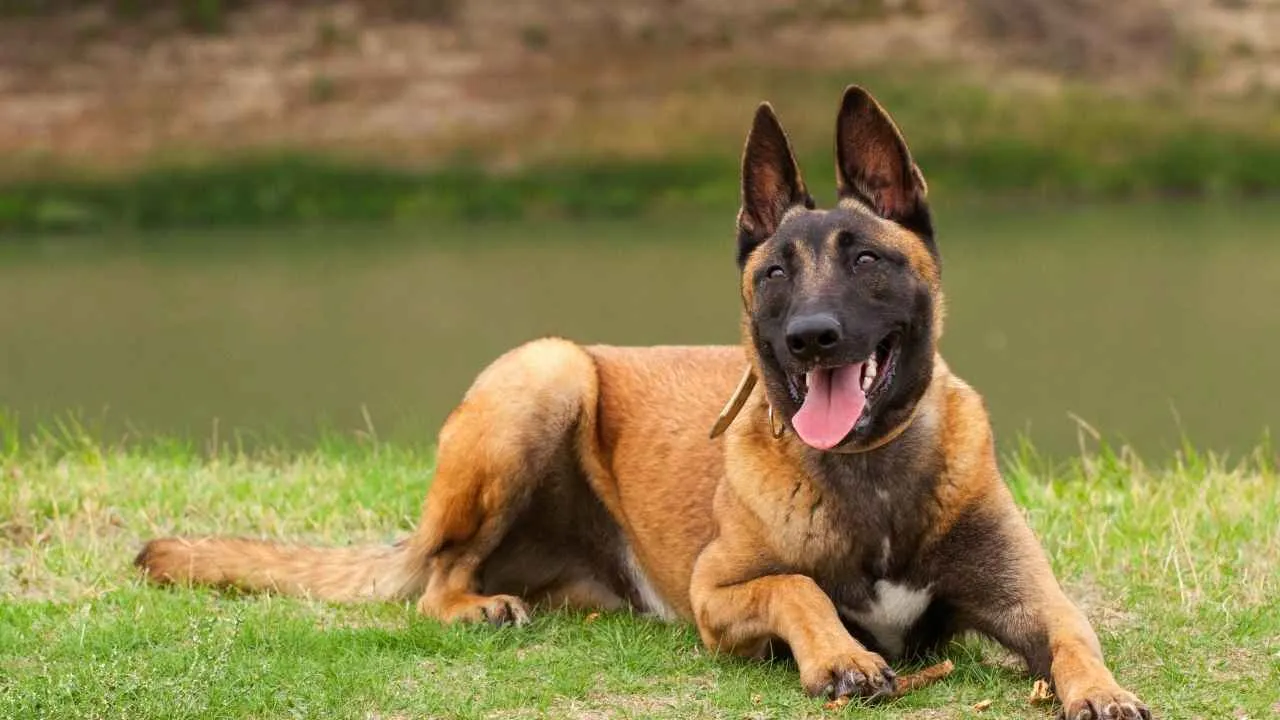
The Belgian Malinois, developed in Belgium around the city of Malines, is one of four closely related Belgian herding breeds. Built squarely and elegantly, it combines strength with agility, standing tall with a proud carriage that reflects its working heritage. Its sleek coat ranges from fawn to mahogany, with black ears and a distinct facial mask.
Highly intelligent and people-oriented, the Belgian Malinois thrives when given purpose. Police and military organizations worldwide value the breed for its trainability, speed, and alertness. At home, however, these same qualities can overwhelm inexperienced owners if the dog lacks structure and mental engagement.
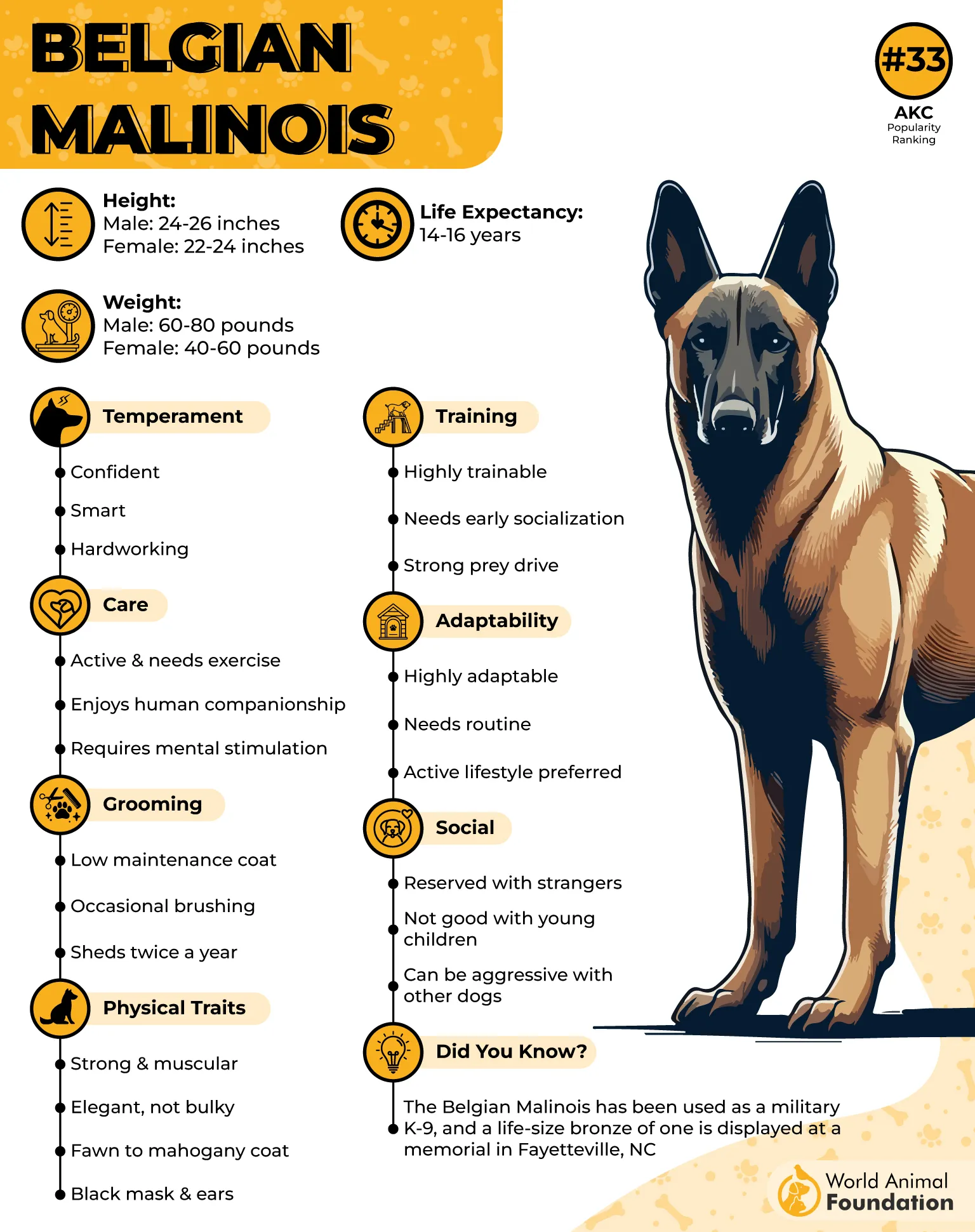
While affectionate and deeply bonded with its family, this breed requires constant activity to avoid frustration. Neglect or underemployment often leads to destructive behavior, restlessness, or excessive guarding tendencies. A Malinois without guidance can quickly develop misbehavior issues, which is why it is often listed among the “scariest” dogs for unprepared owners.
When properly trained, the Malinois shines as both protector and partner. It excels in obedience, agility, and service work, proving itself as one of the most versatile working dogs in the world. Owners who invest time and leadership are rewarded with unmatched loyalty.
Quick Tips
Provide daily high-intensity exercise and structured activities.
Begin consistent obedience training early to shape their strong instincts.
5. Boerboel
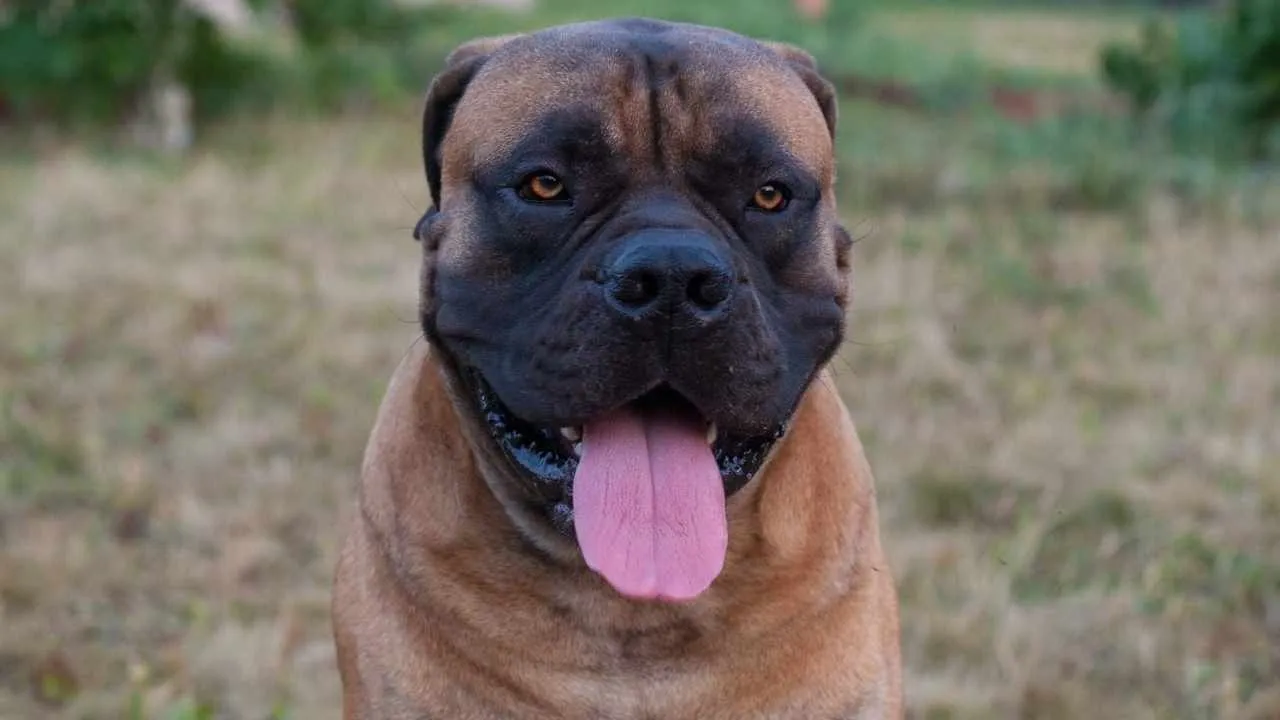
Originating in South Africa, the Boerboel was bred to guard homesteads and farms from intruders and predators. Its sheer size and muscular frame make it one of the most powerful mastiff breeds in the world.
Despite their imposing presence, Boerboels are calm and steady with family, displaying deep loyalty to those they trust. Their protective nature, however, demands responsible training from an early age.
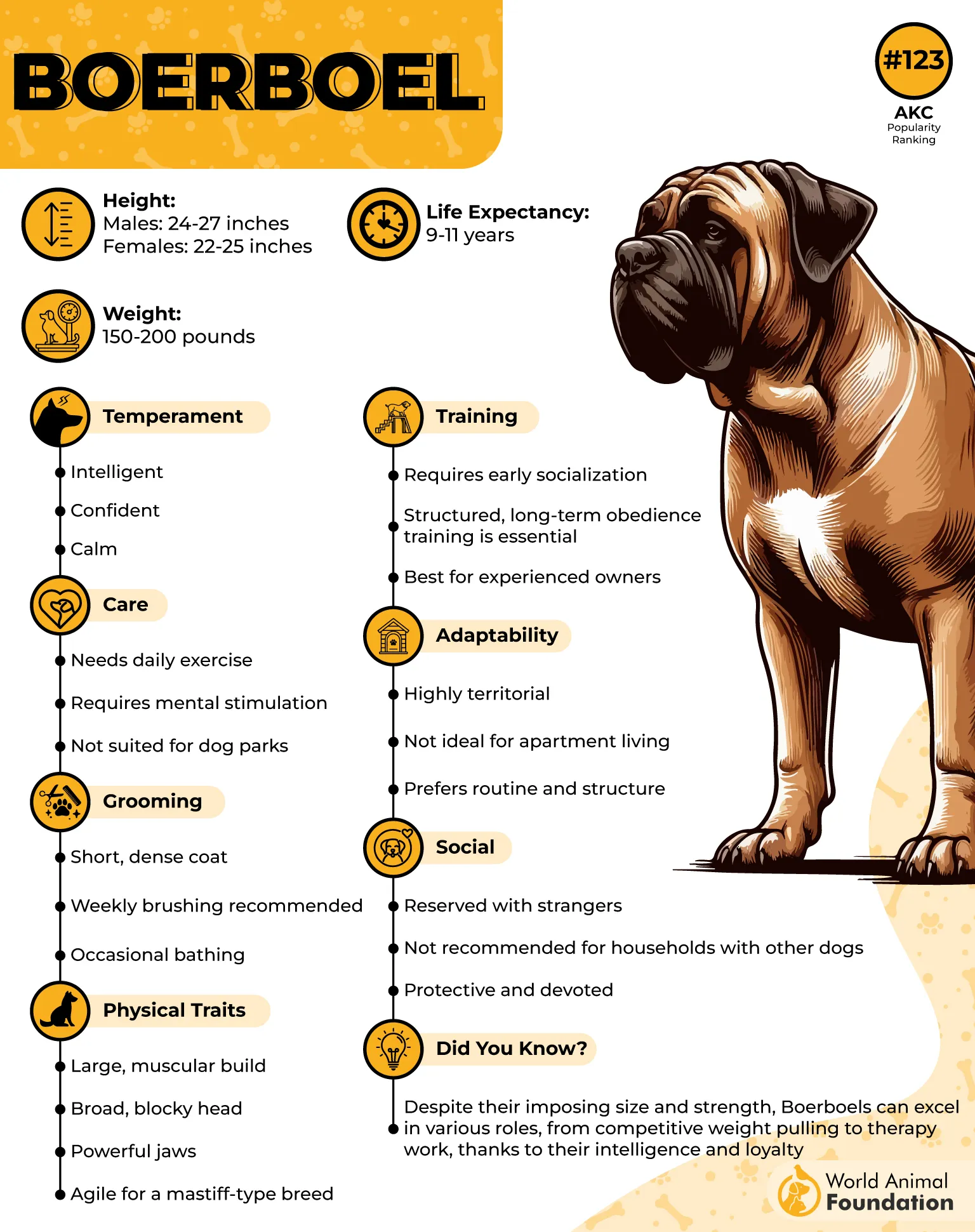
They are highly intelligent, quick to pick up commands, and thrive when given consistent guidance. Without boundaries, their confidence can turn into dominance, creating challenges for inexperienced owners.
Boerboels require daily exercise and mental stimulation, as their large build masks surprising agility. A bored Boerboel can become destructive or overly territorial.
Often noted among the “scariest” breeds when misbehavior is discussed, their immense strength magnifies small mistakes. With firm leadership, they transform into reliable guardians and loving companions.
Quick Tips
Begin structured training early to prevent dominant behavior.
Provide space and exercise to balance their energy.
6. Great Dane
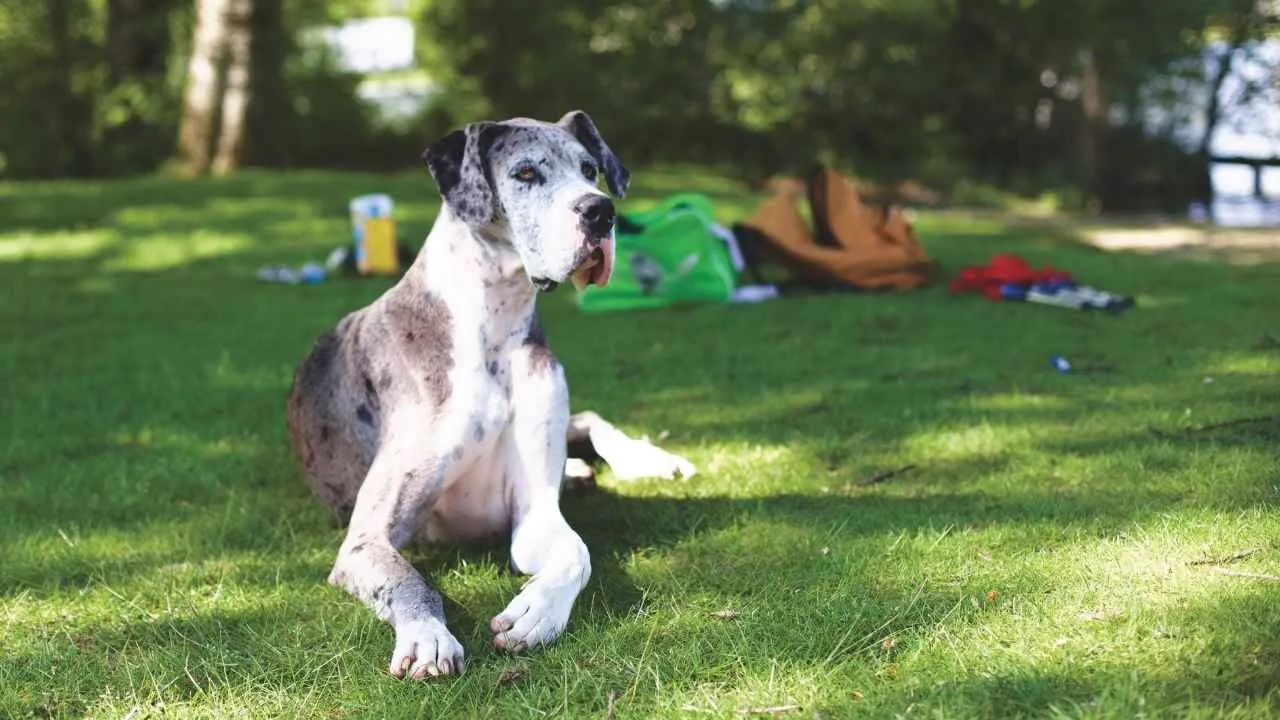
Known as the “Apollo of dogs,” the Great Dane is famous for its height and elegant appearance. Despite their size, these giants are often gentle and warm-hearted, even earning the nickname “gentle giants.”
Their size, however, comes with special responsibilities. A poorly trained Dane can easily overwhelm its owner, making consistent training vital from puppyhood.

Great Danes thrive on companionship and dislike being left alone for long periods. They bond closely with their families and often try to sit on laps, regardless of their size.
Though not naturally aggressive, they are alert and protective, barking when strangers approach. Misbehavior typically stems from poor socialization or pent-up energy rather than true aggression.
Because of their stature, Great Danes are sometimes listed among intimidating breeds. Yet, with guidance, they reveal themselves as affectionate and dependable pets.
Quick Tips
Provide early leash training to manage their size.
Ensure daily walks and interaction to prevent boredom.
7. English Mastiff
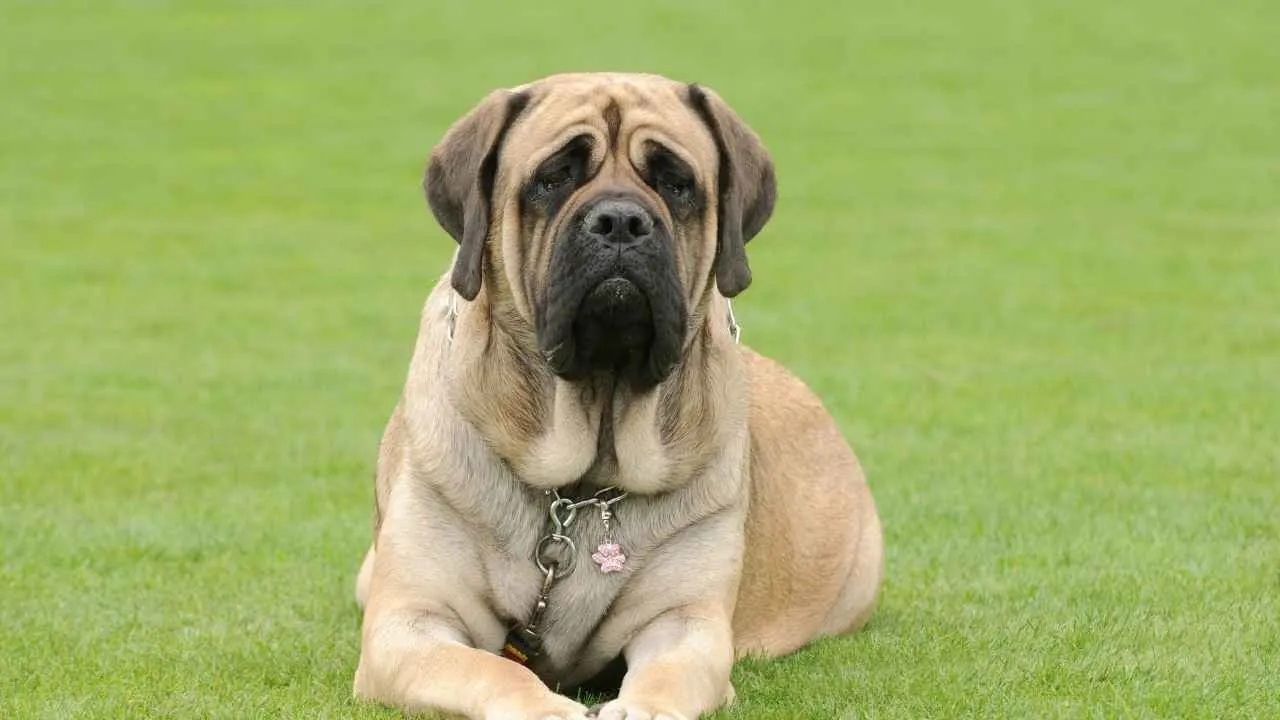
The English Mastiff is one of the largest dog breeds by weight, known for its massive build and steady demeanor. Historically used as guard dogs, they are natural protectors with a calm, watchful presence.
Despite their size, Mastiffs are often gentle with family members. They form close bonds but can be wary of strangers without early socialization.
Training is crucial, as their sheer weight and strength make even minor misbehavior difficult to manage. Gentle but firm methods work best, as Mastiffs are sensitive despite their imposing looks.
These dogs require space to move comfortably, though they are less energetic than other breeds. A well-exercised Mastiff is a quiet and steady companion.
Frequently included among “scariest” breeds, their power can intimidate, but their true nature is more loving than fearsome when properly raised.
Quick Tips
Begin obedience training early to control their strength.
Socialize them often to reduce wariness of strangers.
8. American Pit Bull Terrier
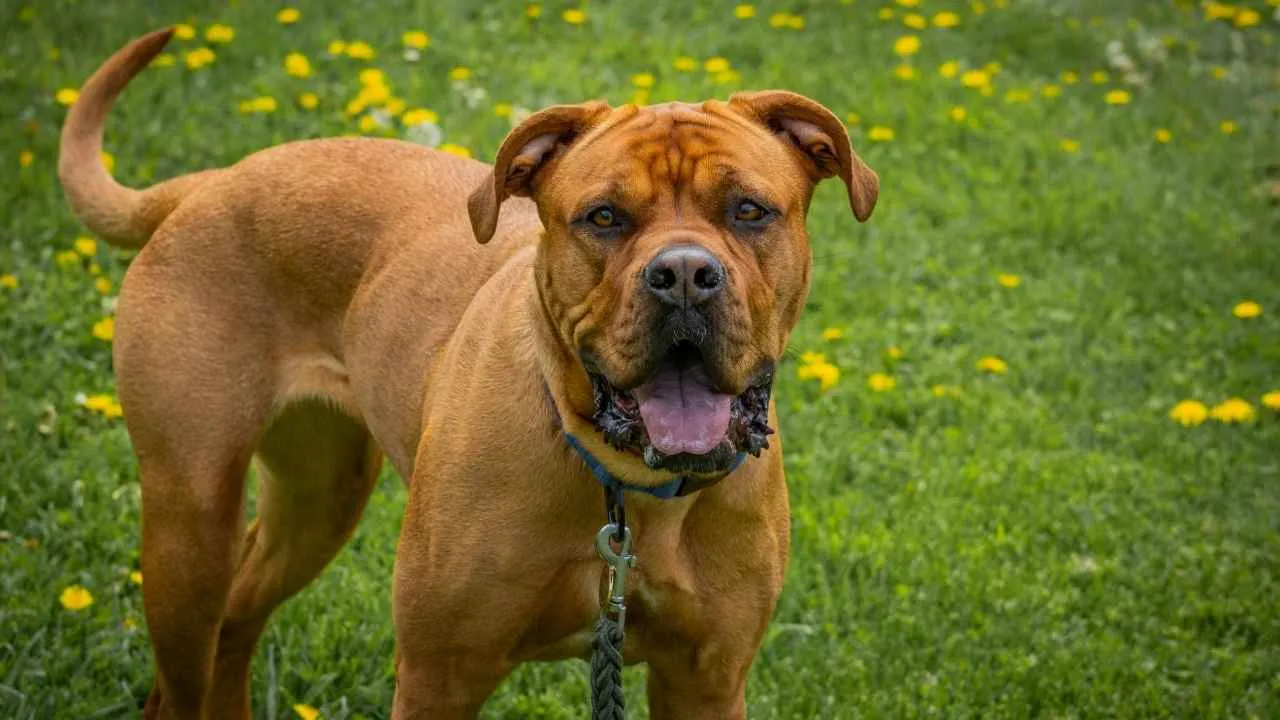
The American Pit Bull Terrier was originally bred for bull-baiting and later as a farm dog. Muscular yet agile, they are powerful despite their medium size.
Pit Bulls are devoted to their family, often displaying playful and clownish personalities. Their loyalty is unmatched, and they thrive when included in daily activities.
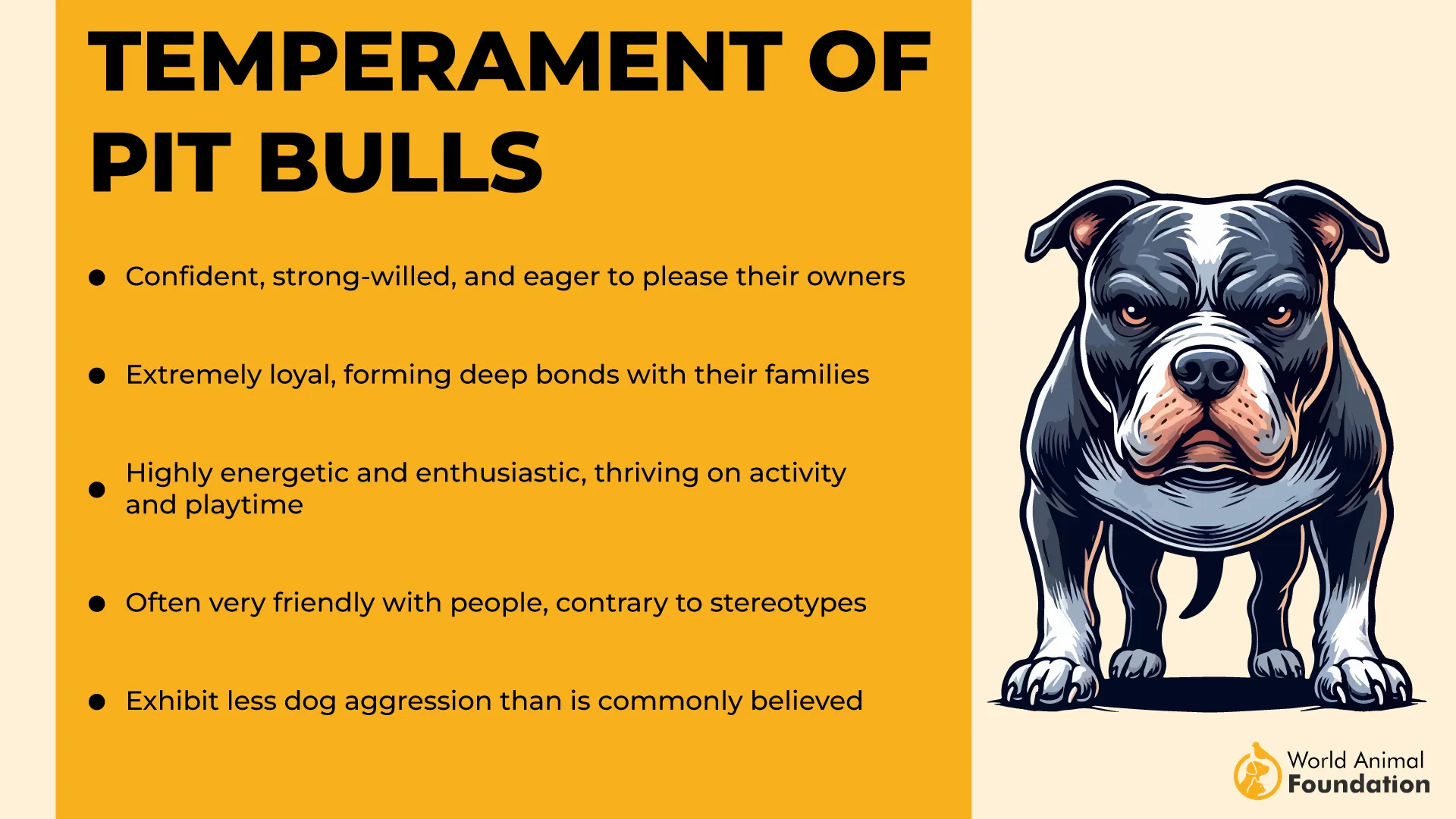
The breed is highly energetic and requires consistent exercise. Without it, they may develop destructive habits, making activity a cornerstone of responsible ownership.
Their strong prey drive and determination require firm, consistent training. Early socialization helps prevent overprotective or reactive tendencies.
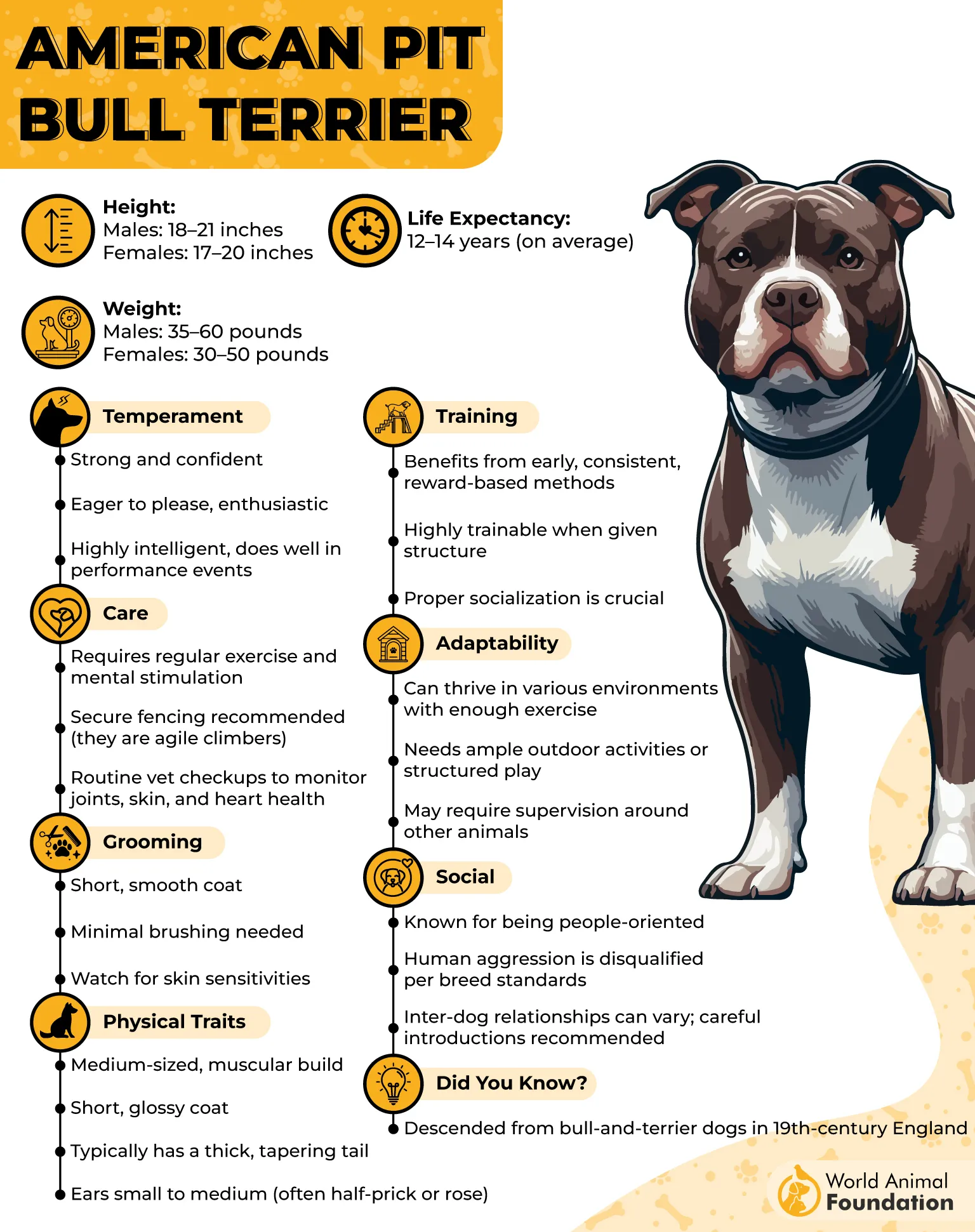
Often controversial and frequently listed among “scariest” breeds, much of their reputation comes from misuse by irresponsible owners. In the right environment, they prove to be loyal, loving, and eager companions.
Quick Tips
Provide vigorous daily exercise and play.
Train with consistency and socialize widely.
9. German Shepherd
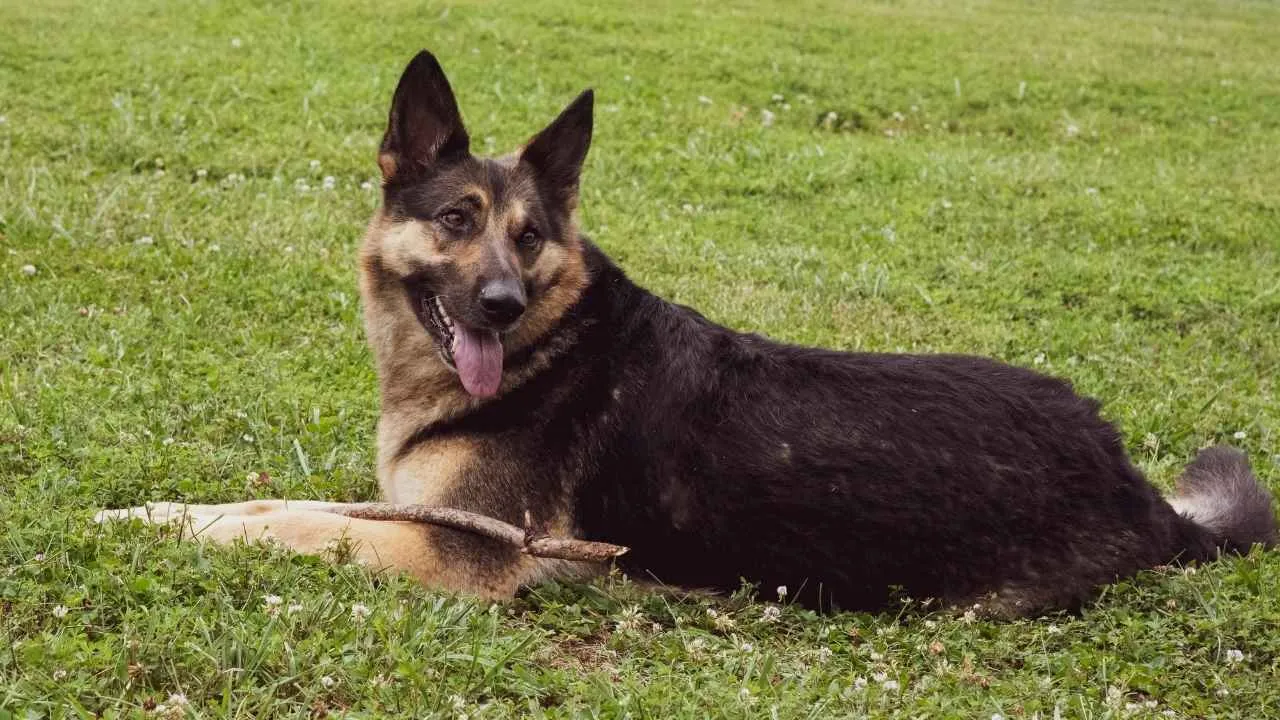
The German Shepherd was developed in the late 19th century by Captain Max von Stephanitz, who sought the ideal herding and working dog. With its wolf-like build, keen intelligence, and athletic ability, the breed quickly became one of the most versatile in the world.
Known for loyalty and vigilance, German Shepherds excel as guardians and companions. They bond deeply with their families and are often protective, making early training important to ensure balanced behavior.

Highly trainable, they serve as police, military, and service dogs around the globe. Their ability to learn complex commands and remain focused under pressure sets them apart from many other breeds.
German Shepherds are energetic and require both physical activity and mental stimulation. Without challenges, they can become restless, vocal, or destructive, highlighting the need for committed owners.
Often listed among “scary” dogs when misbehavior is discussed, their protective instincts can misfire if not properly guided. With leadership and socialization, however, they embody the best mix of strength, intelligence, and loyalty.
Quick Tips
Engage them daily with exercise and training challenges.
Socialize early to balance their protective instincts.
Conclusion
Owning a dog is both a joy and a responsibility, especially when dealing with breeds that may show aggressive behavior. A dog growls, guards food, or challenges other dogs not because it is inherently dangerous, but because something in its environment or training has gone wrong.
Even smaller dogs can display aggression, and every dog owner needs to recognize the early signs, such as growling, stiff posture, or a raised tail.
The point is not to stop instincts, but to guide them. With the right tools, resources, and the help of a skilled dog trainer, you can teach your animal to channel its energy into healthy outlets. Aggression is often rooted in fear or lack of socialization, and understanding what happened in each case is the first step toward resolution.
No person should forget that every breed, from those bred to guard sheep to those curled up on the couch, can learn better behavior. With patience, training, and kindness, violence is never the expected outcome. The process takes time, but the skills gained will protect both your interests and your dog’s well-being—ensuring that harmony, not harm, is the lasting result.


